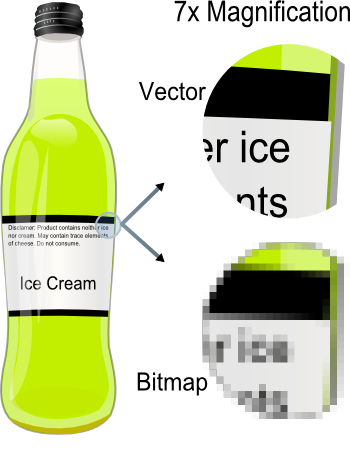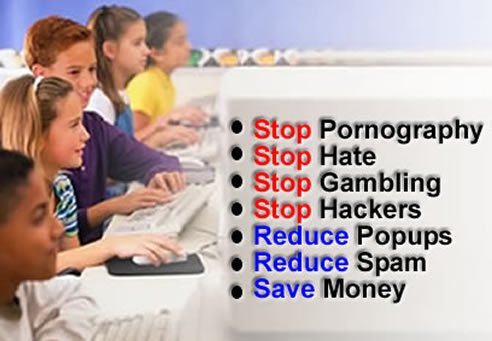a computer application for audio editing, i.e. manipulating digital audio. Digital audio editors are the main software component of a digital audio workstation.
Editors designed for use with music typically allow the user to do the following:
- Record audio from one or more inputs and store recordings in the computer's memory as digital audio
- Edit the start time, stop time, and duration of any sound on the audio timeline
- Fade into or out of a clip (e.g. an S-fade out during applause after a performance), or between clips (e.g. crossfading between takes)
- Mix multiple sound sources/tracks, combine them at various volume levels and pan from channel to channel to one or more output tracks
- Apply simple or advanced effects or filters, including compression, expansion, flanging, reverb, audio noise reduction and equalization to change the audio
- Playback sound (often after being mixed) that can be sent to one or more outputs, such as speakers, additional processors, or a recording medium
- Conversion between different audio file formats, or between different sound quality levels

Bitmap Image
A representation, consisting of rows and columns of dots, of a graphics image in computer memory. The value of each dot (whether it is filled in or not) is stored in one or more bits of data. For simple monochrome images, one bit is sufficient to represent each dot, but for colors and shades of gray, each dot requires more than one bit of data. The more bits used to represent a dot, the more colors and shades of gray that can be represented.

Desktop Publishing Program
Using a personal computer or workstation to produce high-quality printed documents. A desktop publishing system allows you to use different typefaces, specify various margins and justifications, and embed illustrations and graphs directly into the text. The most powerful desktop publishing systems enable you to create illustrations, while less powerful systems let you insert illustrations created by other programs.

HTML editors
Also called an authoring tool, an HTML editor is a software program that inserts HTML code as you create a HTML file. Some editors will provide a word processing GUI enabling users to create HTML documents without knowing any HTML code.

Image Editors
A graphics program that provides a variety of special features for altering bit-mapped images. The difference between image editors and paint programs is not always clear-cut, but in general image editors are specialized for modifying bit-mapped images, such as scanned photographs, whereas paint programs are specialized for creating images.

In addition to offering a host of filters and image transformation algorithms, image editors also enable you to create and superimpose layers.
Multimedia
The use of computers to present text, graphics, video, animation, and sound in an integrated way. Long touted as the future revolution in computing, multimedia applications were, until the mid-90s, uncommon due to the expensive hardware required. With increases in performance and decreases in price, however, multimedia is now commonplace. Nearly all PCs are capable of displaying video, though the resolution available depends on the power of the computer's video adapter and CPU.
Vector Image
Same as object-oriented graphics, refers to software and hardware that use geometrical formulas to represent images. The other method for representing graphical images is through bit maps, in which the image is composed of a pattern of dots.
Vector-oriented images are more flexible than bit maps because they can be resized and stretched. In addition, images stored as vectors look better on devices (monitors and printers) with higher resolution, whereas bit-mapped images always appear the same regardless of a device's resolution.





![[dbms.jpg]](https://blogger.googleusercontent.com/img/b/R29vZ2xl/AVvXsEg1tpNEkKBT_ZqKeRBRlA8oPulhC_sf8fHKlgOQK6pe9W7MMm85frwZugDAVWo8F_VN_lsiZpDDgeJDOEZmzGAV-NtE-_HmRKYCwJtOcPlVgbKw8u5Lp1ldObjubJaLX0Cnwmz-DY6YFI0/s320/dbms.jpg)



























